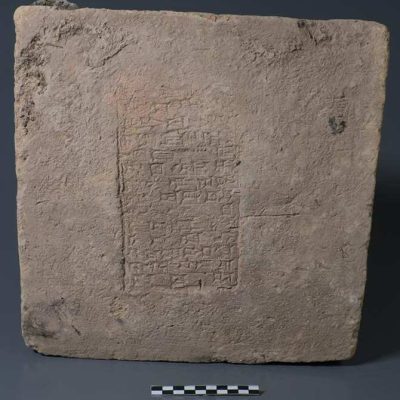The Kusana Empire was one of the most influential empires of ancient times, spanning across Central Asia and North India. Recently, researchers have deciphered their complex script, shedding light on their cultural and artistic activities. The Kusana Empire was a significant center of cultural and artistic activities in ancient times, with monumental architecture and remarkable artworks. They also had important trade relations that extended to Rome and China, playing a crucial role in the spread of Buddhism throughout Asia. However, the meaning of their inscriptions remained a mystery until recently.
In the 1950s, researchers discovered several short inscriptions of the Kusana Empire in Tajikistan, Afghanistan, and Uzbekistan. However, the meaning of the script remained undecipherable due to the lack of texts for analysis. Recently, a newly discovered inscription in the Almosi Gorge in northwest Tajikistan has allowed linguists to decipher the Kusana script. The inscription contains a compact passage in Greek-Bactrian language and a section with mysterious Kusana glyphs. The researchers were able to recognize the corresponding characters of the Kusana script and assign letters to the surrounding characters.
The similarities in writing style, sounds, and symbols lead the researchers to believe that the Kusana script could be a modified form of the Aramaic script used in the Achaemenid Empire. Furthermore, the researchers may have answered another fundamental question: the identification of the language in which the Kusana script was written. According to their findings, it could be an undiscovered version of the Middle Iranian languages used in ancient times. The language, provisionally called “Eteo-Tocharian,” could have been one of the official languages in the Kusana Empire, alongside Bactrian, Sanskrit, and Gandhari.









